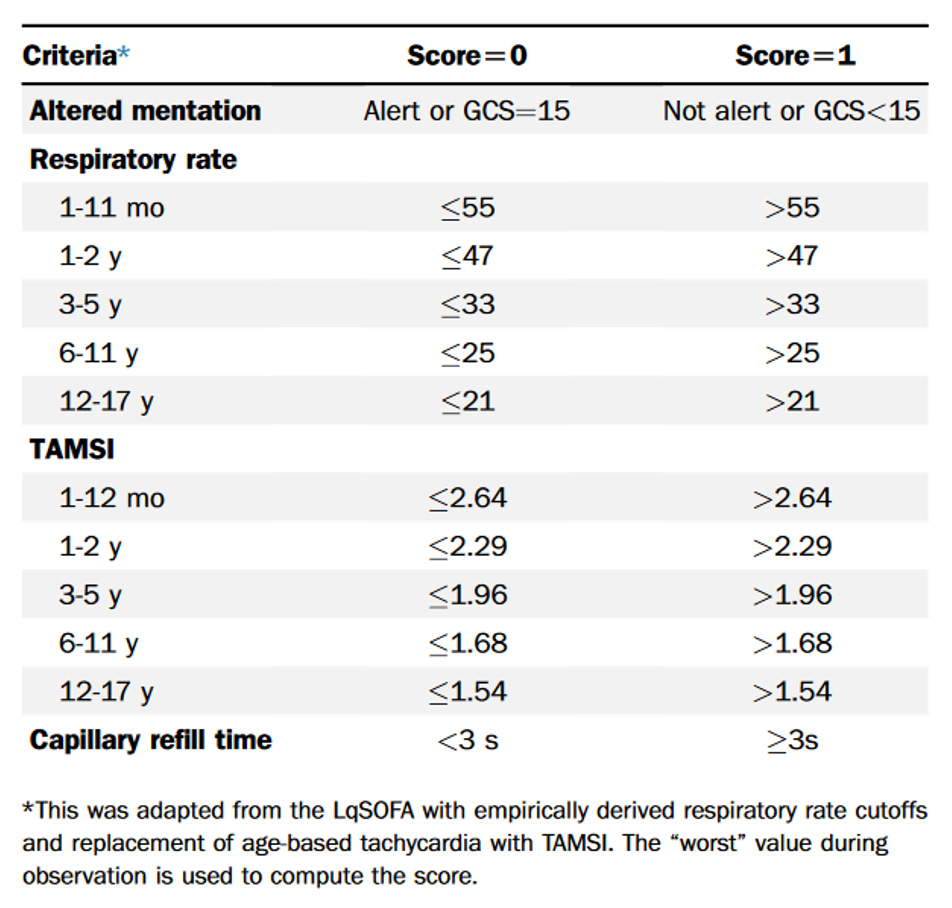🚨 New Pediatric Sepsis Screening Game-Changer? Meet qPS4! 🚨
Just reviewed a vital study in AAP (April 2025) “Comparing Screening Tools for Predicting Phoenix Criteria Sepsis and Septic Shock among Children”
The quick Pediatric Septic Shock Screening Score (qPS4) outperformed traditional tools (LqSOFA and CHOP) in predicting Phoenix criteria sepsis and septic shock among children.
✅ Higher sensitivity
✅ Earlier warning times
✅ Simple bedside use – no labs needed
This well-designed single-center retrospective study compared three pediatric sepsis screening tools (qPS4, LqSOFA, and CHOP) in predicting Phoenix criteria sepsis and septic shock in 47,176 pediatric ED encounters.
For Phoenix Sepsis (n = 628 cases):
For Phoenix Septic Shock (n = 228 cases):
The qPS4 demonstrated higher sensitivity (67.8% for sepsis, 85.5% for septic shock) than LqSOFA and CHOP, while maintaining reasonable specificity (~89%). It provided earlier warnings than the other tools.
Strengths: large cohort, Phoenix gold-standard outcome, rigorous statistical comparisons, and clinically relevant bedside predictors.
Limitations: single-center design, retrospective data collection, possible documentation bias, and untested external generalizability.
My Insights:
qPS4 outperforms existing tools for early identification of sepsis and septic shock, especially when time-sensitive intervention is crucial.
Sensitivity is prioritized over specificity, which aligns with pediatric sepsis care philosophy (better to overtriage early).
All tools showed suboptimal performance in infants, highlighting a persistent high-risk blind spot in sepsis recognition.
Practicality matters: qPS4 uses simple bedside assessments without labs, suiting busy ED workflows.
How will it change my practice?
I will advocate for integrating qPS4 into ED electronic screening protocols, especially for patients with suspected infection.
I will exercise caution in infants (<12 months) and not rely solely on any tool; close clinical vigilance remains essential.
I will interpret negative qPS4 cautiously—a negative screen does not rule out the need for empirical early antibiotics in high-risk settings.
For quality improvement, I will monitor early identification times and aim to link qPS4 alerts to faster care bundles.
Key takeaways:
qPS4 has the highest sensitivity for both sepsis and septic shock.
Specificity is slightly lower compared to LqSOFA, but still very high.
NPV is excellent for all tools (>99%), meaning if the screen is negative, true sepsis is very unlikely.
PPV is low, reflecting the rare prevalence of sepsis in ED populations.
Exciting step forward in pediatric emergency care! 🏥✨






